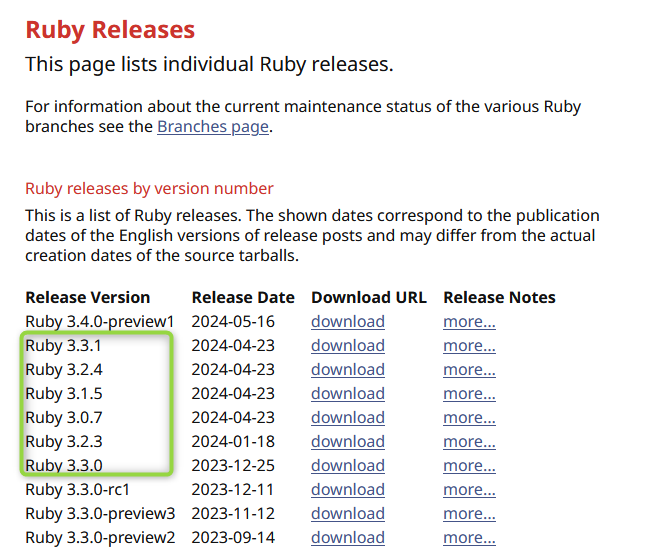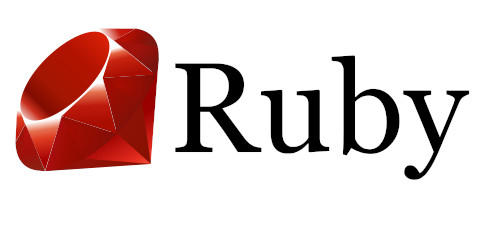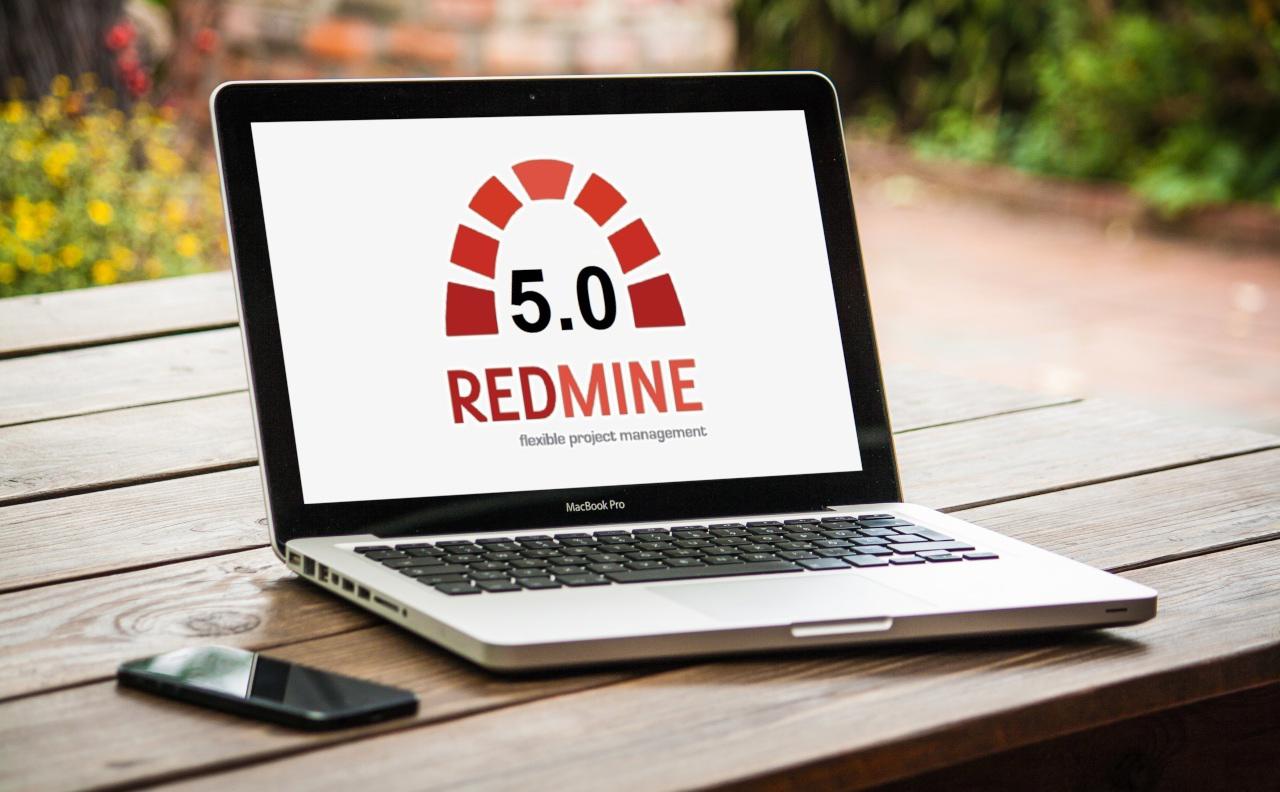Versions of Ruby and their maintenance
Easy Redmine is closely tied with Ruby and (of course its versions). Let's dive deeper into how its regular updates and powerful frameworks like Ruby on Rails keep it at the forefront of web development and find out what’s next for this dynamic language.

Table of contents
Ruby versions
How many Ruby versions are there?
What is the latest version of Ruby?
Which Ruby version is stable?
Which Ruby version is supported?
Updating Ruby version
Ensuring Compatibility with Ruby Versions
Managing Ruby version upgrades with ease
Regular Ruby versions keep apps running
Ruby versions
Ruby is a dynamic, open-source programming language with a focus on simplicity and productivity, with an elegant syntax that is natural to read and easy to write.
Among its advantages, the community identifies:
- Intuitive syntax and close to natural language
- Allowing developers to freely alter its parts
- Numerous libraries and frameworks (called Gems). Most notably, Ruby on Rails, which significantly accelerates web application development
- Large and active community, providing extensive documentation, tutorials, and third-party libraries
Ruby (on Rails) is used to build platforms such as Basecamp, GitHub, Shopify, or Redmine. Not to mention thousands of exciting smaller open-source (and open-minded) projects.
Backed by such an active and inspiring community, it is no wonder there is a strong thirst for innovation. Which leads to (almost) continuous Ruby updates.

How many Ruby versions are there?
The release of Ruby version 1.0 was on December 25th, 1996. Since then, Ruby has released 16 major or minor versions (as of May 2024) and around 200 patch or bug-fix versions in between them.
In recent years, it became a sort of a tradition to release significant Ruby versions around Christmas, giving the community an extra something to anticipate during this time of the year.
What is the latest version of Ruby?
As of September 2025, the highest Ruby version is 3.4.6. It is likely that smaller versions will follow in the coming months.
Given the recent history, it is not unreasonable to expect the release of stable version 3.5.0 in Christmas of 2025. Just keep in mind that no official guarantee for this release date exists.
Ruby 3.5.0-preview1 is publicly available for the most eager developers, contributors, and early adopters. It is a standard way of allowing the community to test new features and technologies, fix bugs, and generally prepare their environment for the Ruby upgrade.
Which Ruby version is stable?
Since version 2.1.0, Ruby adopted Semantic versioning, which somewhat standardized the marking of each version. While before, you would find version 1.8.7, followed by patches like 1.8.7-p248 or 1.8.7-p302 - these were also considered stable versions. Semantic versioning brought more clarity, like 2.7.1, followed by 2.7.2, 2.7.3, and so forth. The patch version is understood in semantic versioning as the change in the third number.
This makes it quite simple to identify stable versions—those which have no additional text after the version number. When you look at Ruby versions history (at the time of publication of this article), the top most is a preview version, while the next few are stable versions.

Ruby releases
Which Ruby version is supported?
Firstly, a supported or maintained version means that it receives regular functional and security fixes. The current practice is that at least two latest versions are maintained at least by security patches.
The official end of life in the recent versions is announced with the initial release. It usually is more than 3 years after the initial release of the major or minor version, allowing the developers and users enough room to plan the technological roadmap in their projects.
Updating Ruby version
Whether you are a developer or a user of an on-premises Ruby-based application, you should be aware of updates, including the patch versions. Keeping your technological stack up-to-date is one of the cornerstones of a modern and safe application.
Ensuring compatibility with Ruby versions
Application developers decide which Ruby versions are compatible with / supported by their application. The standard principle before announcing the compatibility of a new Ruby version is to install the new Ruby into a test environment with their application and run automatic tests. After fixing any and all issues, they may declare compatibility.
Let us use the example of Redmine version 5.1.0, which announced compatibility with Ruby 3.2. (and dropping support for Ruby 2.5 and 2.6).
Now, users/admins of Redmine will download the new version. Being the conscious and responsible administrators of their own environment, they were anxiously waiting for the support of Ruby 3.2. Now they can upgrade their Ruby, along with Redmine, and enjoy the satisfaction of new long-supported versions of both their application and the underlining Ruby language.
Managing Ruby version upgrades with ease
A seemingly darker side to this story is dropping support of a certain Ruby version in our examples 2.5 and 2.6. Users attempting to install the new Redmine are "forced" to upgrade their Ruby version. Given that these Ruby versions have already reached the end of life a while ago, it is a valid incentive from Redmine to require newer Ruby versions to run their application.
The community created tools to simplify the management of Ruby versions. For example, in our guide to updating Ruby version under Easy Redmine application, we use the tool RVM (Ruby version manager).
Regular Ruby versions keep apps running
The open-source community brought the world something really special with the Ruby language and subsequent enhancements. Those enhancements keep on pouring in, along with necessary security fixes. Ruby versions are released regularly and predictably while providing access even to previews and release candidates.
Applications that run on Ruby keep their supported versions up-to-date, and so should users of these applications. There are tools that eliminate potential stress from this type of maintenance necessity.
Unlock the full potential of your Ruby projects with Easy Redmine's integration and advanced features!
Frequently asked questions
Related articles
Ruby 2.3 Deprecation
Announcement for server admins who take care of Easy Redmine Server solution. As of 30. 4. 2020, support for Ruby 2.3.x is dropped due to the increasing deprecation of this version from third-party components used by Easy Redmine.
Redmine 5.0: Is It Worth Upgrading?
Redmine 5.0 is the latest version of the popular open-source project management software. Since this is a major version, upgrading to it is of course more technically demanding than upgrading to any minor version. But – is it worth upgrading at all? Let’s see.


